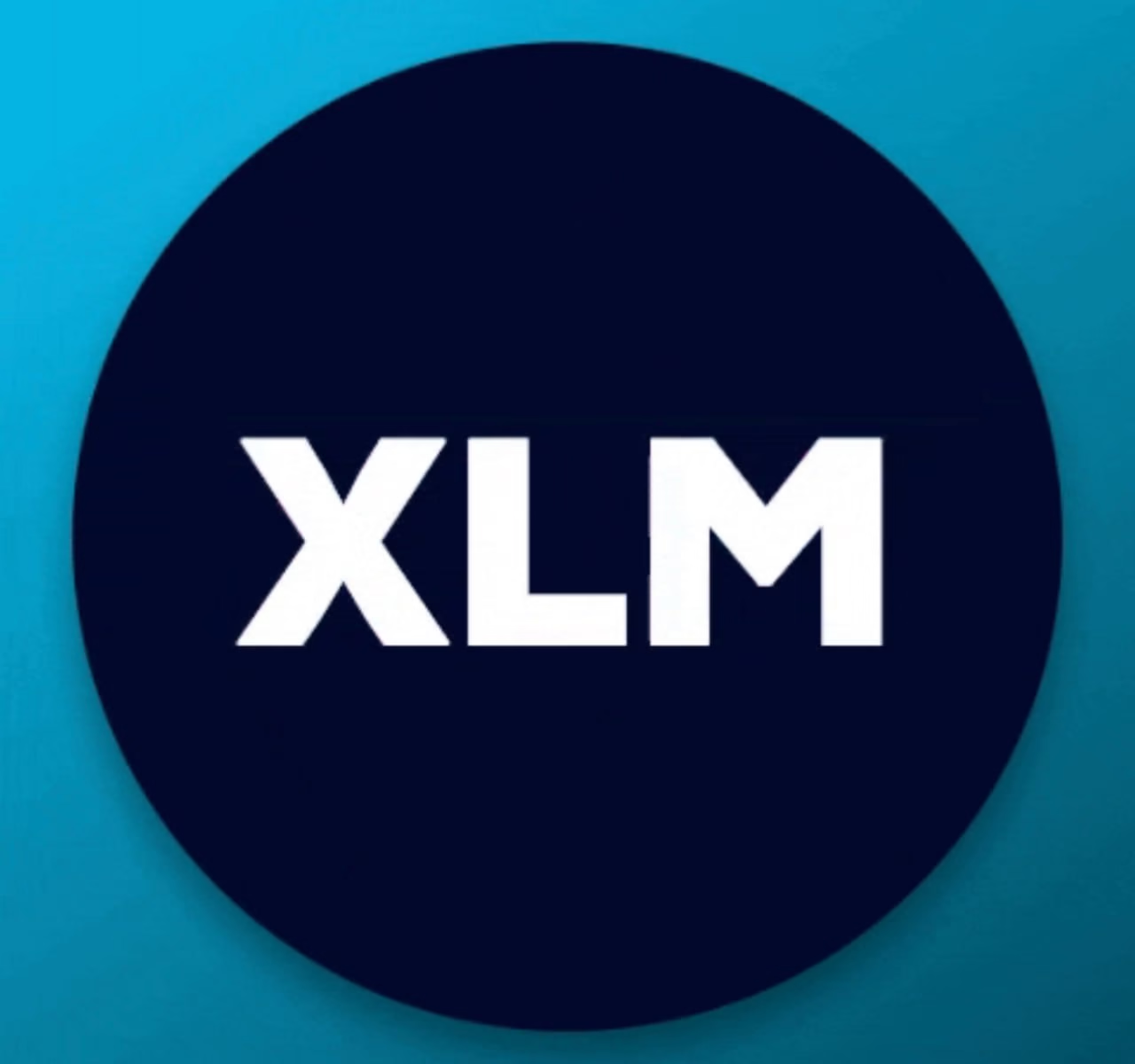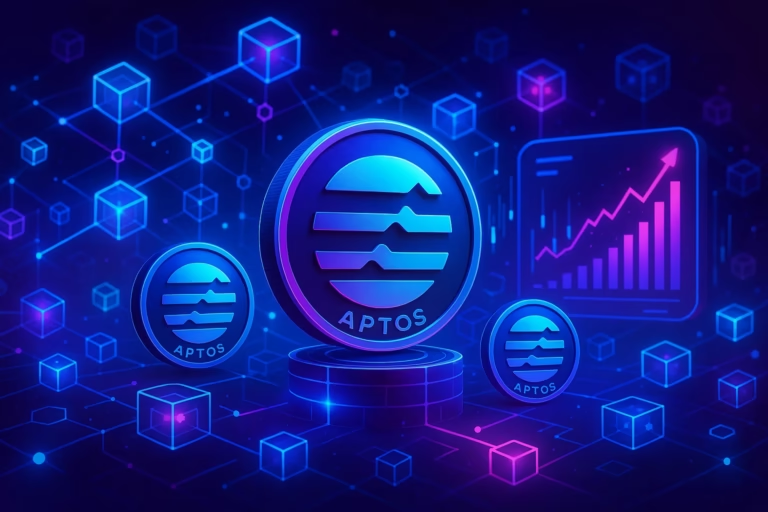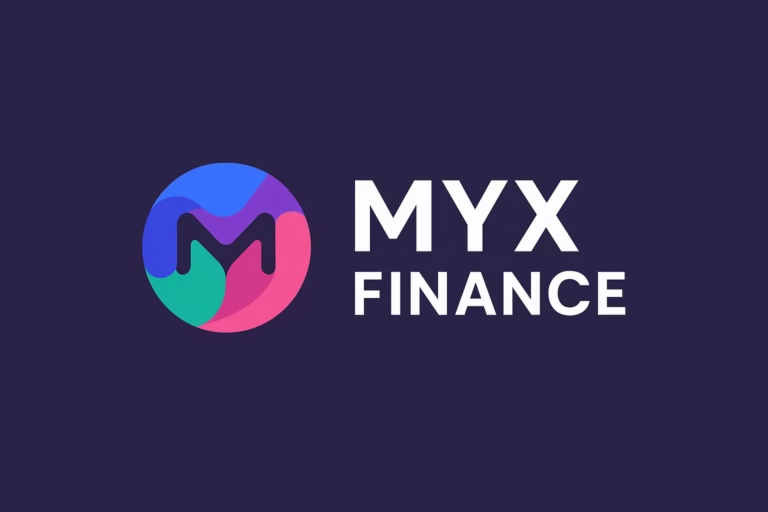
- Stellar is a decentralized payment network launched in 2014 that enables fast, low-cost transactions between any currencies using Lumens (XLM).
- It has formed global partnerships, including with IBM and Deloitte, to drive cross-border payments and financial inclusion.
Stellar, also known as Stellar Lumens (XLM), is more than just a cryptocurrency—it’s a powerful payment network aiming to reshape financial systems across the globe. Launched in 2014 by Jed McCaleb and Joyce Kim, It was built to connect banks, payment systems, and people, enabling swift and low-cost transfers between any currencies. Backed initially by Stripe with $3 million in funding, the nonprofit Stellar Development Foundation (SDF) has guided its progress while fostering partnerships to increase adoption.
A Vision Born from Experience
Stellar’s roots trace back to McCaleb’s previous ventures, including Mt. Gox and Ripple. But with Stellar, the focus shifted toward financial inclusion. The platform started with 100 billion native tokens—originally called “stellars” and later rebranded as Lumens (XLM). From the beginning, the project dedicated 25% of its tokens to nonprofits, emphasizing its commitment to equitable access.
By early 2015, Stellar already boasted 3 million user accounts and a $15 million market cap. That same year, it implemented a major upgrade using the Stellar’s Consensus Protocol (SCP), designed by Stanford professor David Mazières, making the system faster and more secure without relying on energy-intensive mining.
Expanding the Stellar Ecosystem
Over the years, XLM formed key partnerships to increase its real-world use. In South Africa, it powered mobile payments using cellphone talk time. In Nigeria, it integrated with Oradian’s banking platform to support microfinance institutions. Deloitte also chose Stellar for its cross-border application, and by late 2016, firms like ICICI Bank, Coins.ph, Flutterwave, and Tempo joined the Stellar network.
One of the biggest moves came in 2017 when IBM and XLM partnered to build a cross-border payment solution for the South Pacific, involving local banks and bringing serious legitimacy to the project.
From Lightyear to Interstellar
To support commercial applications, Stellar launched its for-profit arm Lightyear.io in 2017, which later merged with Chain, Inc. to form Interstellar. This move aimed to bridge institutional finance with blockchain technology more effectively.
XLM continues to grow through community support and partnerships like Ukraine’s collaboration in building digital infrastructure. With 77 validator nodes and an open-source codebase, Stellar remains transparent, scalable, and designed for real-world solutions.




